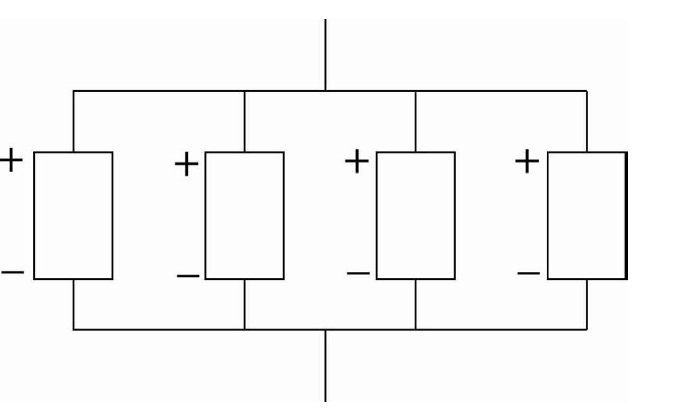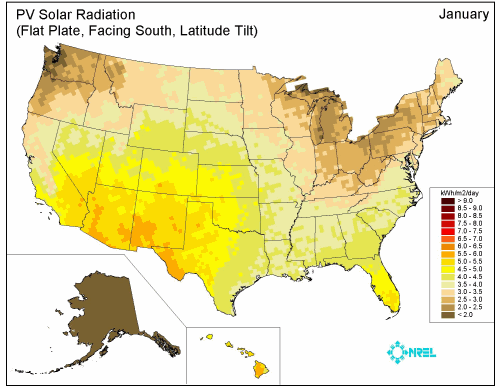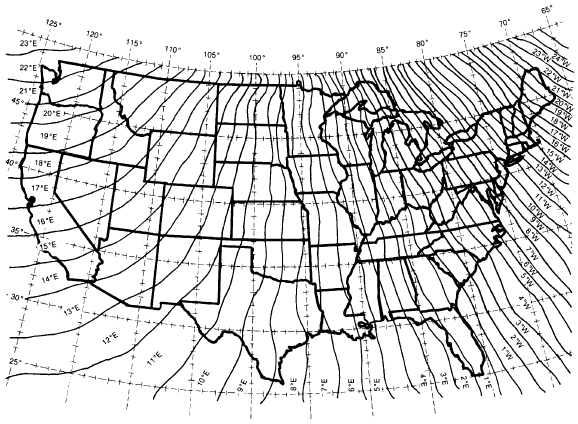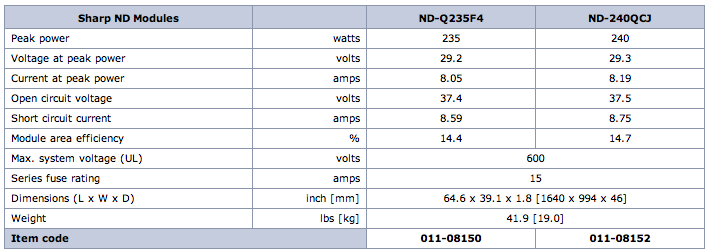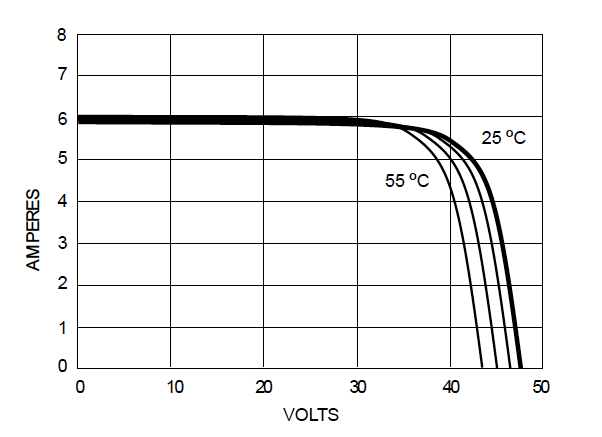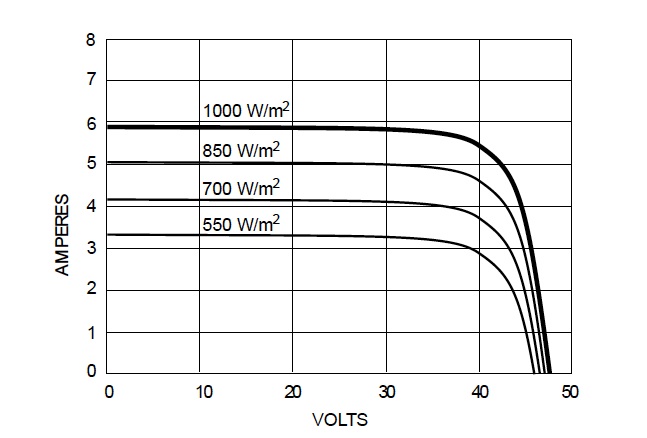We’ve created tutorials on solar thermal design 101 and geothermal design, but we haven’t paid the same attention to solar PV yet.
Also, this post is specifically focused on basic technical understanding of solar PV projects. However, more and more we’re getting questions from contractors that need to understand how to finance commercial solar projects.
- Click here to sign up for our Solar MBA and Learn how to Finance Commercial Solar PPAs from A to Z. Click here to test drive the Solar MBA for free.
- Click here to join our Linkedin group “Best Practices for Financing Commercial PPAs Between 200kW and 5MW” and continue the conversation about best practices.
- Listen to 60 Minute Interview: Advice from a $20MM Solar Tax Equity Investor to Commercial Solar Installers – Focus on a Niche, Be Fast, and Standardize your Operations
- How to Finance Non-Profit Solar Projects – 50 Minute Session Answering 5 Key Questions
- 60 Minutes of Video Answer 7 Questions on Best Practices for Setting up Commercial Solar Power Purchase Agreements.
This is the first in a series of posts we’ll publish on the basics of designing and installing residential solar PV systems. The goal of the series will be to get the basics covered. If you’re an experienced installer, none of this information will be new to you. If you’re brand new to solar, it will be helpful. But keep in mind, we’ll be skimming the surface. Please leave any and all questions in the comments section and I’ll address them.
Here is what the series of posts will be cover:
- Basic Terms. This is today’s post
- Sizing the array based on the customer needs and the site
- Selecting the inverter, string sizing, and sizing conductors
- Roof mounting and structural
- Micro-inverters vs central
- Special tools needed for new installers
We’re going to begin with the basic terms. This is very important for design because you need to understand the concepts before you start applying real numbers to a design. It will also help with sales because it will help you explain some basic terms to curious customers.
Performing high quality and efficient site visits is absolutely critical to the success of profitable solar projects, especially residential projects! You need to be able to capture all of the information you need to 1) quote the system correctly 2) design the project and 3) inform the installation crew what to expect. An efficient site visit process will lead to smooth operations and profitable jobs while complex process can lead to unprofitable jobs and a lot of confusion.
Click here to check out Sunify. Sunify is a simple mobile tool that solar sales people use to make sure they collect all the information they need on a site visit with the least possible effort. It’s so cheap it will pay for itself in one site visit. Sunify does 4 things that will make your site visits better.
- Sunify will eliminate paper notes so you no longer have to copy and paste notes into emails and waste time.
- Sunify will ensure that you, or the sales people that you manage, capture the information that they need to on the first visit.
- You’ll collect better quality information because you can collect video and audio notes in addition to photos and text answers. This will give lead to more accurate quotes, design, and an easier time for the installation team.
- It’s all the tools you need in one place, so you’ll never loose your notes again.
Power
Power is an AMOUNT of energy. It’s the measurement of energy, measured in kilowatts (kW). Power is measured in an instant. Most of the sizing done in solar PV design; conductors, inverters, fuses, the size of the solar rates is based on how much power will be passing through a specific component of the system. Because power is measured in an instant, it can vary widely over time and from minute to minute.
Power (watts) = current (Amps) X voltage (volts)
Energy
Energy is the is the actual work done by power. It is measure in kilowatt-hours (kWh). Consumers pay for kWh. It’s a measure of power over time.
Power (kW) X Time (hours) = Energy (kWh)
Current
Electricity is the flow of negatively charged electrons. The current is the amount of negatively charged electrons in a specific part of a circuit.
Many people find it useful to use a water analogy when discussing electrical terms. In the water example, it’s useful to think of a dam with a pipe at the bottom that water can flow out of. The amount of water that can pass through a slice of the pipe, in other words the area of the cross section of the pipe, is analogous to electric current.
Voltage
Voltage is a measure of the ‘force’ or ‘pressure’ of the electric current in a circuit. It’s measured in volts. Electrons of the same material WANT to be homogeneous, i.e. they want to be evenly spread out. Thus, if one area has less electrons then another, the electrons will move in an attempt to equalize. This flow is what created a voltage potential and causes electrons to move.
To use the water example with a dam. If the size of the pipe at the bottom of a dam is a measure of current, the height of the dam is a measure of voltage. The higher the water is one on side of the dam versus the other, the more pressure there is.
Resistance
Electrical Resistance is the resistance of the flow of electricity through a conductor. It does not reduce the current flow of electrons (how many electrons there are in the circuit) but it does reduce the voltage (how fast they’re going, remember the dam example). It is measured in ohms.
Voltage Drop (volts) = Current (amps) X Resistance (ohms)
Series Circuit
A series circuit is when one negative and positive of each power source or appliance, are connected together.
Remember, CURRENT is constant and Voltage ADDS in series circuits.
Parallel Circuit
In a parallel circuit, all of the positives are connected together and the negative are connected together, each separate.
In parallel circuits, CURRENT ADDS and voltage stays constant.
AC Current
AC refers to alternating current. It refers to electrical systems where the voltage and current are constantly changing between positive and negative. A complete “cycle” is completed when when the current reaches returns to either the peak, or trough of the wave. Frequency is measured in Hertz (Hz) and is measured in number of cycles per second. The power in the US is operated at 60 Hz.
DC Current
DC means direct current. DC is the type of electricity where the voltage and current stay constant over time. Typical DC applications are batteries, solar modules, and wind turbines.
Calculating and Correcting Solar Resource
Irradiance
Irradiance is the amount of solar radiation falling on a particular area at any given time. It is a RATE. It’s a measure of POWER, in that it’s an instantaneous term that does not consider time. Remember the difference between power and energy.
It is measured in watts per square meter.
Irradiation
Irradiation is a measure of solar energy, the amount of irradiance that falls on a location over time.
Irradiation is measured in kWh / square meter / day.
Irradiation was formerly called insolation.
Solar Energy in the US
The below pictures shows that amount of solar irradiation that falls on the various surfaces across the US depending on average local weather circumstances.
Horizontal Tilt
The tilt angle from the sun is the angle from the horizon to the sun. Solar PV modules will produce the most energy when the sun is shining directly onto them, from a 90 degree angle. Thus, all else equal, for fixed PV modules the best tilt angle will be the same as the latitude of the site. For example, if the PV site is at 44 N, the best tilt will be 44 degrees. However, most roofs and and commercial racking are not at 44 degrees, so you must apply correction factors for projects that are not at perfect tilts. We will discuss this in a later article.
Azimuth
The azimuth is the number of degrees from true south that the sun, or another object, is facing. It’s used when designing a solar PV system because due south will provide the best production, all else equal, over the course of a year. We’re not going to get into tracking systems in this series so all of our arrays will be fixed. However, if the object is not directly south, you will need to apply correction factors that we will get to in later articles.
Magnetic Declination
Keep in mind that if you’re doing site visits with a magnetic compass you will need to correct your magnetic readings to find truth south. The process is simple.
Determine your declination by look at diagram like the one below and determining your location.
If you’re location has a eastern declination, you’ll need to add the numbers to reading. If from the west, subtract.
EAST Subtract. If you’re compass reading was 190 degrees and you lived in San Francisco, about 17 degrees east, you would need to subtract 17 degrees to find true south. You’re TRUE SOUTH reading is 173 degrees.
WEST ADD. If you live in Belfast, Maine (about 19 degrees west) and your compass reading was 165 degrees, you would need to ADD 19 degrees to get TRUE SOUTH of 184 degrees.
Solar Module Terms: The below terms are terms you will need to understand when sizing your system.
Voc: Volts open circuit is the maximum voltage a solar module can ever make when it has no load on it. Voc is used when sizing solar arrays along with temperature coefficients to determine worst case voltage scenarios.
Vmp: Volts maximum power is the reading of the maximum volts a module can produce when under load under standing testing condition, STC, irradiance levels (1000 W / M2) . If you look at the below curve, the Vmp would be somewhere in curve on the right in the bend. It will be on the place in the curve the creates the most power (volts times amps). The number is actually rather to difficult to calculate exactly and can change rapidly from second to second as the current changes.
Isc: Amps short circuits it the maximum amount of amps that a solar module could produce. You will find Isc on the x axis of the above graph where there is no voltage and thus no power being produced.
Imp: Amps max power, like volts max power, is the current point on the power curve when the module is producing maximum power.
You’ll find the above material on the back of every individual solar PV module and it is standard information that manufacturers and distributors will tell about their product. Below is a product description for two Sharp modules from AEE Solar. All the data is public and available on AEE’s website.
Temperature and Voltage: It’s important to understand the relationship between temperature and voltage in solar modules for design purposes. While temperature does have a slight impact on current, it’s considered to be negligible. However, temperature has a large impact on voltage. When you are determining the maximum number of solar modules in a string, based on the inverters acceptable voltage window, you will need to take into account expected lowest temperature ranges that can increase voltage.
Irradiance and Current:
Irradiance and current also have a direct relationship. The amount of irradiance falling on a solar PV module will directly impact the current that module is producing. This is key for understand when performing designs, and troubleshooting systems.
This is it for basics. The next post will be on sizing the array based on the customers needs.
Please let me know if you have any questions or if I was unclear about any of these terms.
- See more at: http://blog.heatspring.com/solar-basics/#sthash.XEtz7CNG.dpuf
